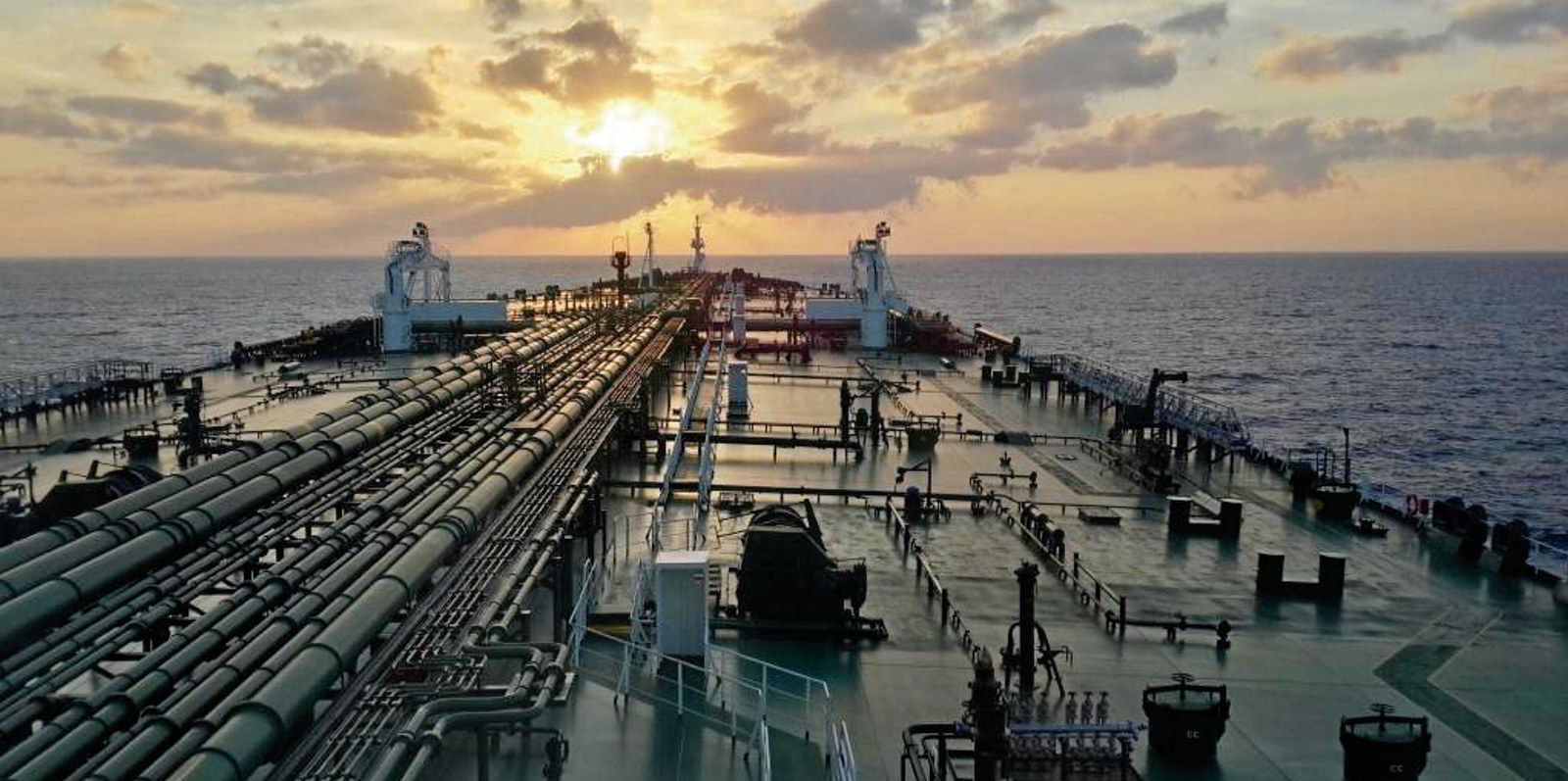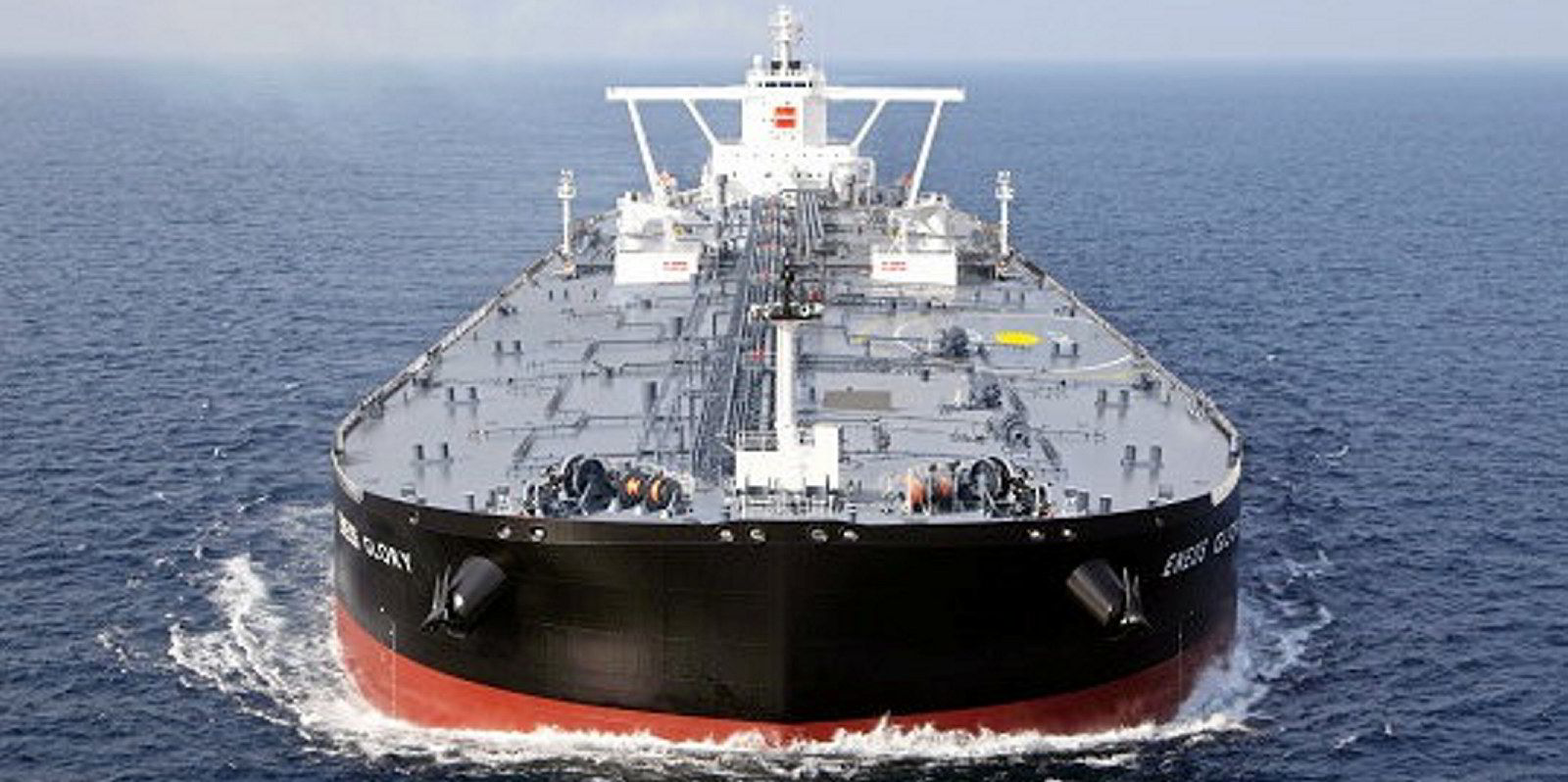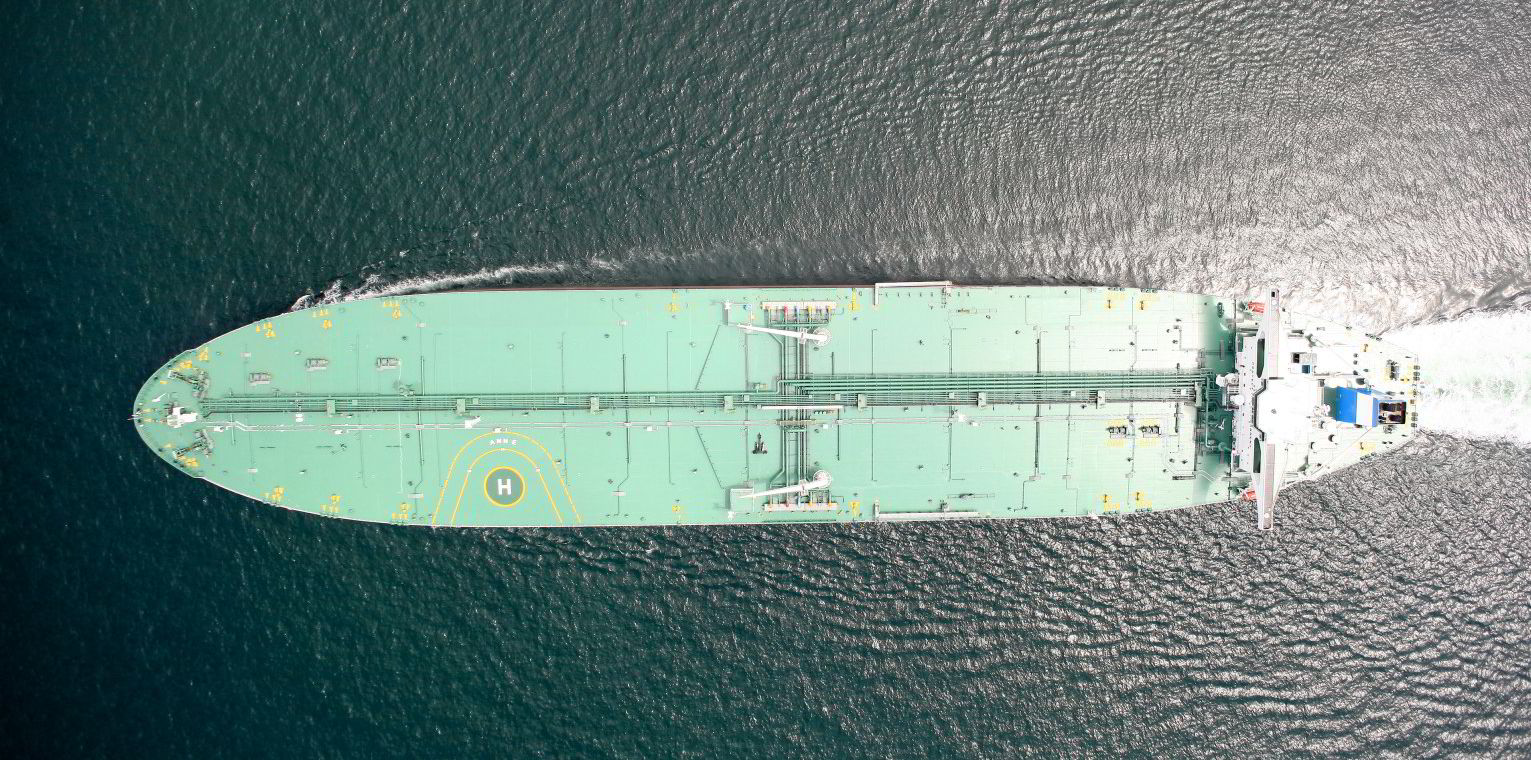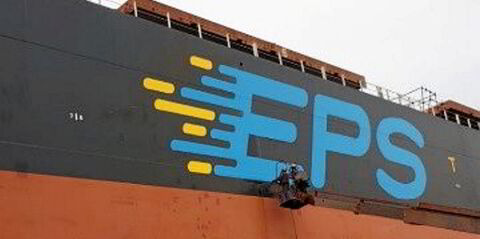VLCCs look set to benefit from a resumption in the growth of Chinese crude imports, which in the decade prior to the Covid pandemic had an average annual growth rate of 9.5%.
The outlook for Chinese imports in the second half of 2022 and into 2023 is “quite positive”, according to the latest report from Poten & Partners.
“We expect that the resumption of oil demand growth in China, combined with the multiplier of increasing ton-miles will reverse the fortunes of VLCCs in the remainder of 2022 and into 2023,” the shipbroker said.
In their latest oil market report, the International Energy Association expects Chinese oil demand to increase from 14.6m barrels per day (bpd) in the second quarter to 15.7m-bpd in the third quarter and 15.9m-bpd in the fourth quarter.
“For calendar year 2023, the IEA anticipates Chinese demand to average 16.2m bpd, a year-on-year increase of 5.2%,” said Poten.
Chinese crude oil demand growth had slowed to a crawl in recent years mainly as a result of the Covid pandemic, with 2021 actually registering a 550,000-bpd decline.
Poten said the VLCC trade has also been hurt by a change in suppliers in the first half of 2022 with China importing more from Russia, Iraq, Malaysia and the United Arab Emirates.
In contrast, countries that exported less to China in the first six months of 2022 included Angola, which was down 13.8%, Brazil which was down 22.5% and the US which was 45.7% lower.

“Unfortunately for the tanker market, the countries that increased sales are medium to short-haul suppliers from the Middle East and Asia, while the exporters that saw significant declines are the long-haul suppliers from the Atlantic Basin such as West Africa, Brazil and the US,” said Poten.
So far in 2022, Chinese imports have been quite volatile as temporary Covid lockdowns in major cities dampened oil demand and stunted the recovery.
“Statistics released by the Chinese General Administration of Customs showed that Chinese crude oil imports in June 2022 fell to a four-year low,” the shipbroker said.
However, Poten believes that the “worst may be behind us” with latest movement data indicating that July imports should be significantly higher, as more crude is heading towards China.
“This increased activity is also reflected in the VLCC freight rates, which have shown an upward trajectory in recent weeks,” it said.
While demand growth is a positive for tanker utilisation, the tanker market will receive an additional boost if ton-mile demand growth outpaces the increases in oil demand.
Poten said the prospects for the next 6-18 months are good with limited spare capacity in many of the Middle Eastern Opec countries restricting their options.
“The expectation is that the growth in global oil demand will need to be satisfied by non-Opec producers in the Atlantic Basin,” the shipbroker said.
“The US is forecast to add 1m bpd of production between now and the end of 2023. Canada and Brazil are also expected to add 200,000 bpd each, with more oil from Guyana in the pipeline as well.”





